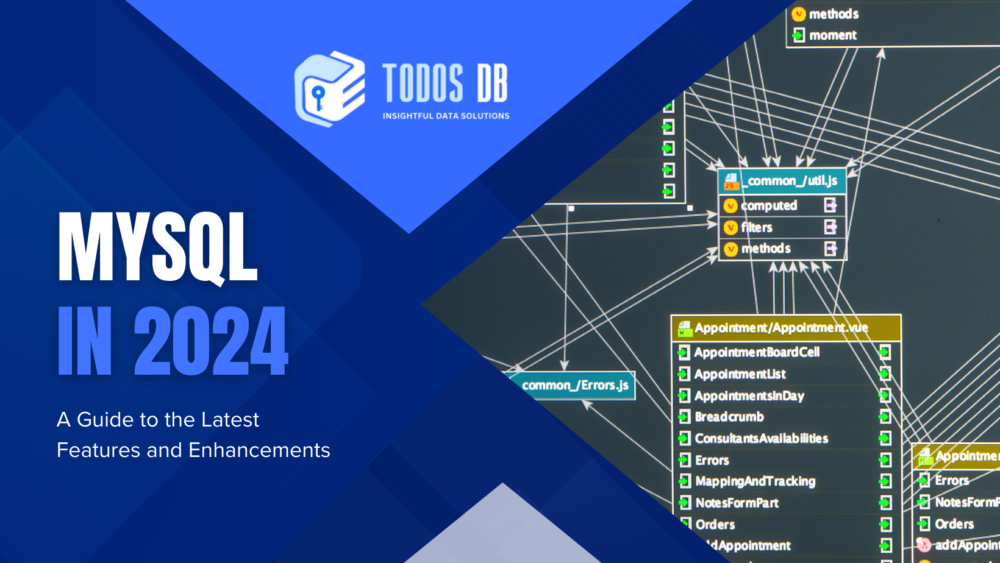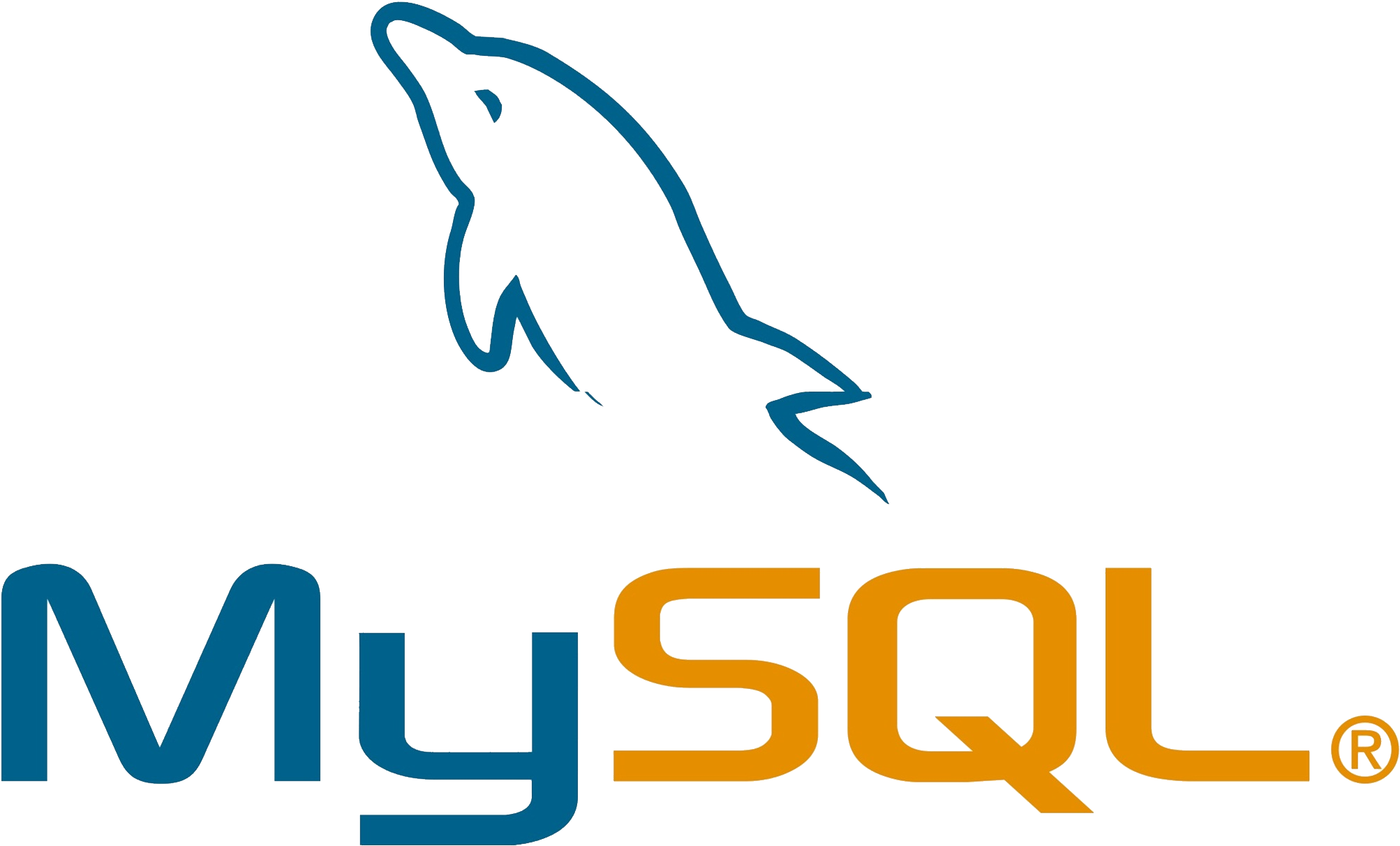
In the intricate domain of database management systems (DBMS), the choice between MySQL and PostgreSQL often presents a conundrum for database architects and engineers. This technical exploration aims to dissect the intricacies of MySQL and PostgreSQL, offering an in-depth analysis to empower decision-makers with the knowledge needed to navigate this critical decision.
Historical Context and Evolution
PostgreSQL, born in 1996, emerged as a robust open-source relational database management system (RDBMS), distinguishing itself with its adherence to SQL standards and a comprehensive feature set. The PostgreSQL community’s relentless pursuit of innovation and commitment to data integrity has solidified its position as a preferred choice for enterprises seeking reliability and scalability.
On the other hand, MySQL, introduced in 1995, initially garnered attention for its exceptional performance and user-friendly interface, particularly suited for web-based applications. However, Oracle’s acquisition of MySQL catalyzed its transformation into a commercially-driven entity, altering its trajectory within the open-source ecosystem.

Under the Hood: Technical Architecture
MySQL
At its core, MySQL boasts a multi-layered architecture optimized for performance and scalability. The storage engine framework, a pivotal component of MySQL’s architecture, facilitates pluggable storage engines, allowing users to tailor the database engine to specific workload requirements.
The InnoDB storage engine, renowned for its transactional support and robust crash recovery capabilities, serves as the default engine for MySQL, catering to mission-critical applications demanding ACID compliance and high concurrency.
Moreover, MySQL’s query optimizer, leveraging cost-based optimization techniques, enhances query performance by selecting efficient execution plans based on statistical analysis and indexing strategies.
PostgreSQL
PostgreSQL’s architectural prowess lies in its extensible and modular design, affording developers unparalleled flexibility and control over database operations. The PostgreSQL Global Development Group’s emphasis on extensibility has resulted in a pluggable storage architecture, enabling users to integrate custom data types, indexing methods, and procedural languages seamlessly.
The PostgreSQL query planner, renowned for its sophistication and adaptability, employs a rule-based optimization approach complemented by cost-based optimization techniques. This holistic optimization strategy ensures efficient query execution across diverse workloads, ranging from analytical queries to transactional operations.
Furthermore, PostgreSQL’s MVCC (Multi-Version Concurrency Control) mechanism, a cornerstone of its transaction model, enables consistent and scalable concurrency control without impeding read and write operations.
Feature Parity and Differentiators
MySQL
MySQL’s feature set encompasses a broad spectrum of capabilities, including robust replication mechanisms, high availability solutions such as MySQL Group Replication and InnoDB Cluster, and native support for spatial data processing through spatial extensions.
Furthermore, MySQL’s ecosystem thrives on its integration with various middleware solutions, such as ProxySQL and MaxScale, facilitating load balancing, query routing, and connection pooling to optimize database performance and scalability.
PostgreSQL
PostgreSQL distinguishes itself with its comprehensive feature set, including advanced data types (e.g., JSONB, array types), full-text search capabilities, and support for geospatial data processing through PostGIS extension.
Moreover, PostgreSQL’s rich ecosystem of extensions, ranging from pg_partman for partition management to TimescaleDB for time-series data, augments its versatility and extends its applicability across diverse use cases.
| Parameter | MySQL | PostgreSQL |
| Architecture | Purely relational, emphasis on simplicity and performance | Object-relational, enables complex data modeling and advanced features |
| Storage Engine(s) | Multiple options (InnoDB – ACID compliant, MyISAM – faster but not fully ACID) | Single, ACID-compliant engine |
| Data Types | Core types (numeric, string, date/time, spatial, JSON) | Broader range (arrays, ranges, hstore, geometric, user-defined) |
| Querying & Indexing | Basic SQL compliance, limited functions and windowing | Full SQL compliance, advanced functions and windowing |
| Performance Benchmarks | Generally faster for simple read-only queries | Excels in write-intensive scenarios and complex queries with optimized indexing |
| Concurrency & Scalability | Efficient horizontal scaling with sharding, limited concurrent access with InnoDB | Handles concurrent transactions well with MVCC, vertical scaling preferred |
| Additional Features | Replications, partitioning, stored procedures (limited languages) | Replications, partitioning, stored procedures (multiple languages), triggers, materialized views, advanced security features |
| Ideal for | Web applications, CMS, e-commerce with high read traffic and simpler data models | Complex applications, analytical tools, GIS systems, demanding data integrity and advanced querying needs |
Performance Benchmarks and Real-World Considerations
While performance benchmarks offer valuable insights into database performance under controlled conditions, real-world scenarios often present nuanced challenges that transcend raw performance metrics. Factors such as data volume, concurrency levels, query complexity, and workload characteristics profoundly influence database performance and scalability.
Consequently, empirical evaluations and performance testing tailored to specific use cases are indispensable for making informed decisions regarding database selection and optimization strategies.
Conclusion
In the MySQL vs. PostgreSQL saga, there’s no definitive victor; rather, the optimal choice hinges on the unique requirements and objectives of each project. Database architects and engineers must conduct a rigorous evaluation of technical capabilities, ecosystem maturity, and alignment with project goals to make an informed decision.
With over a decade of expertise in MySQL and PostgreSQL, Todos DB stands as a trusted partner in database consulting and services, offering tailored solutions to empower organizations with robust, scalable, and performant data management systems. Our seasoned team of database architects and engineers possesses the technical acumen and industry insights needed to navigate the complexities of modern database ecosystems, ensuring the seamless integration and optimization of database solutions tailored to your organization’s needs.

